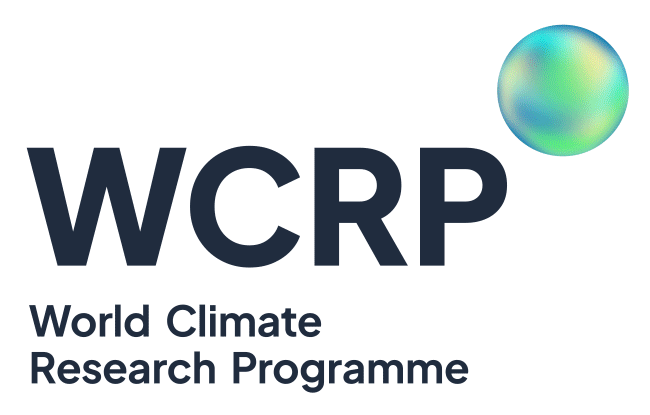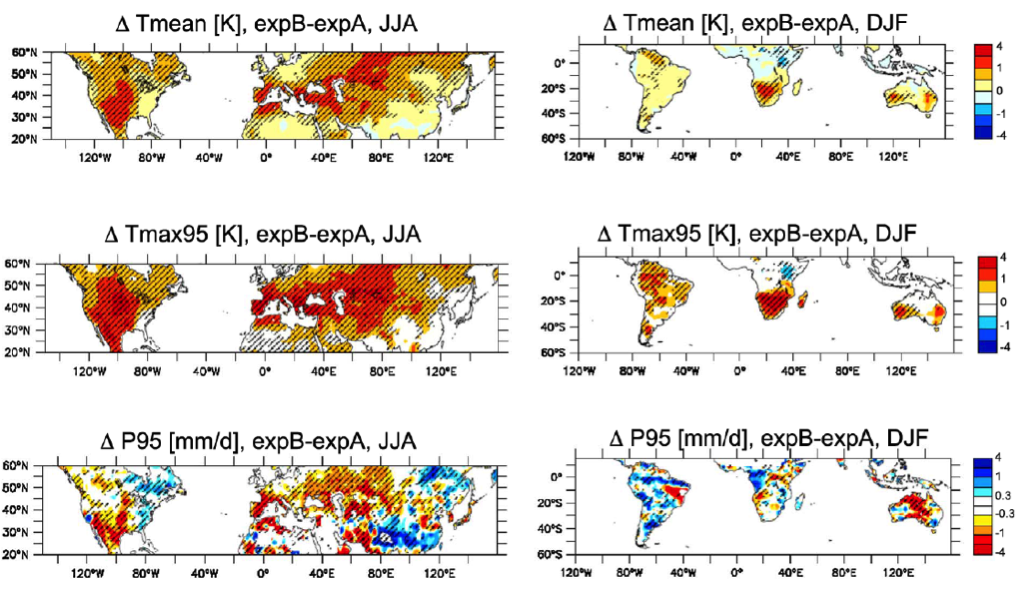Overarching Theme: Understand
What are the relative roles of large-scale, regional and local scale processes, as well as their interactions, for the formation of extremes?
This theme deals with the investigation and characterization of physical mechanisms leading to the occurrence of extreme events such as heat waves, droughts or floods. Recent investigations have shown that the interaction between large-scale phenomena (weather types, modes of variability) and regional-scale land-atmosphere feedbacks or forcings can be critical.
A better quantification of these processes through enhanced interactions between relevant research communities is essential for reducing uncertainties in projections and improving sub-seasonal to decadal predictability of extremes, as well as the attribution of past trends and single events. Targeted activities include multi-model experiments and assessments to evaluate and quantify the underlying processes, in particular within CMIP6, as well as several workshops and training schools. (See implementation plan).
|
|
Figure: Impact of mean changes in soil moisture in projections of changes in temperature and precipitation (2070-2100 vs 1970-2000): In many mid-latitude regions which are projected to be affected by drier conditions, the latter substantially contribute to temperature increases (up to 4°) and to changes in mean and extreme precipitation. Top: mean temperature [K], middle: 95th percentile maximum daily temperature [K], bottom: 95th percentile precipitation; left: June-July-August, right: December-January-February (source: Seneviratne et al. 2013).
Related Workshops
- An International Global Drought Information System Workshop: Next Steps (11-13 December 2014, Pasadena, USA): Drought drivers in various regions of the world will be reviewed as part of the Global Drought Information System workshop.
- “Our common future under climate change” conference held at UNESCO in Paris in July 2015, with several parallel sessions on extreme events: “Climate Extremes”, “Attribution of extreme events”, “Extreme Hydrological Events”, and a large parallel session.
- M-CLIX workshop, October 2015 (see also Simulate): Session and Break-out groups addressing “Understand” theme.
- LandMIP (Land modelling) workshop (October 2015): Coordination of LS3MIP and LUMIP CMIP6 experiments, including aspects relevant to extremes (e.g. model output, experimental set-ups). Jointly organized by GEWEX and CliC.
- Blocking workshop (6-8 April 2016 Reading): Overview of processes leading to blocking, evaluation of representation of blocking in current climate and weather models, links between blocking and regional (feedback) processes (A short summary of the presentations given during the workshop was just published in the SPARC newsletter (p.26)).
- Synthesis “Understand” Workshop (TBA, late 2016 or 2017): workshop synthesizing results of first ExtreMEx modelling experiments and dedicated analyses, and planned special issue and review article.


